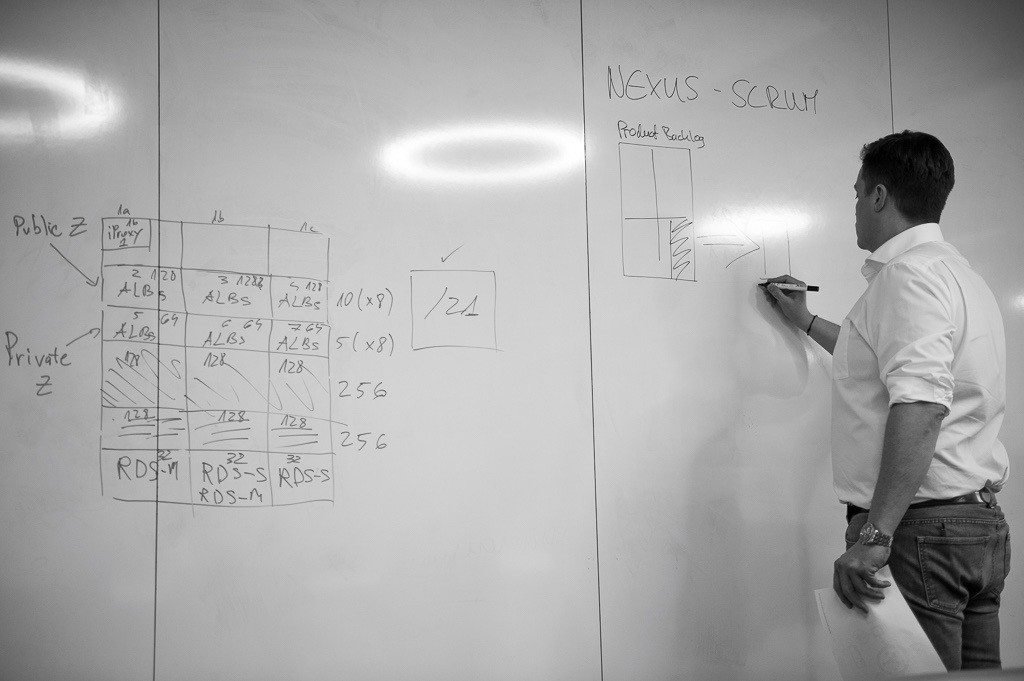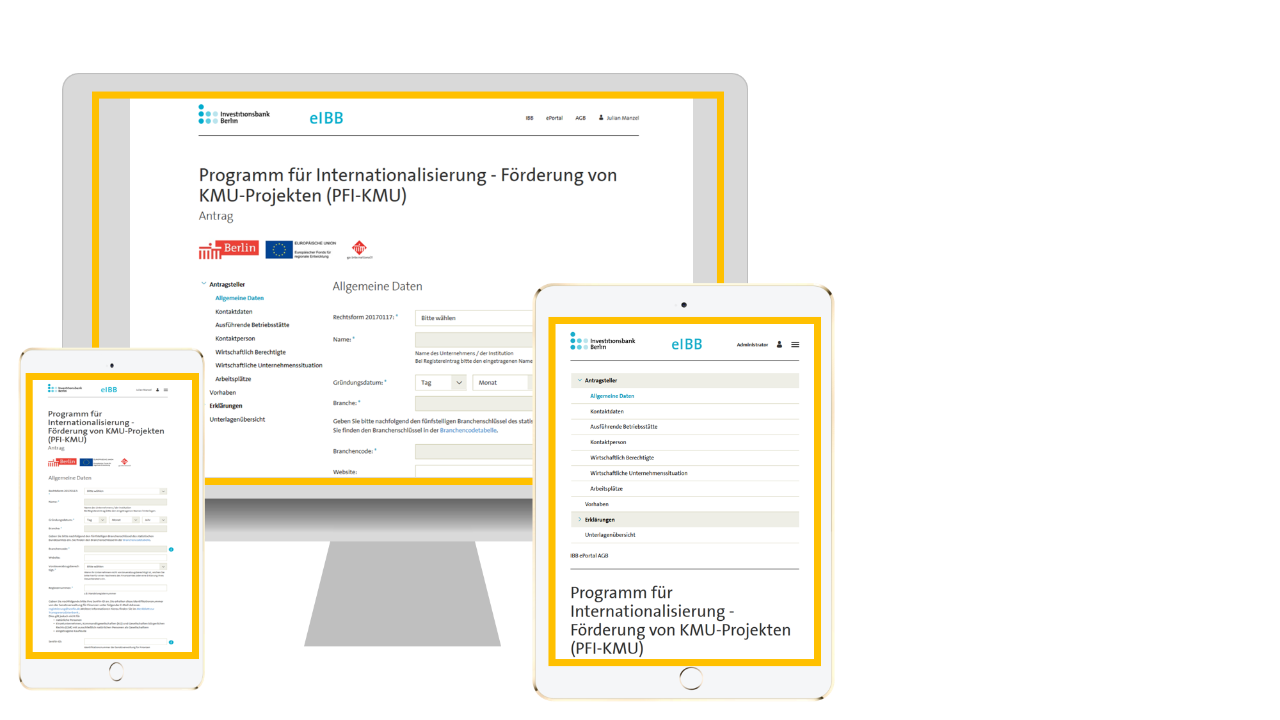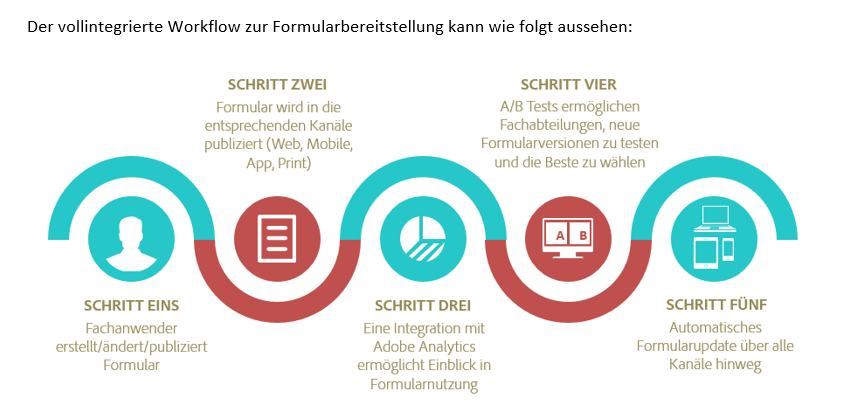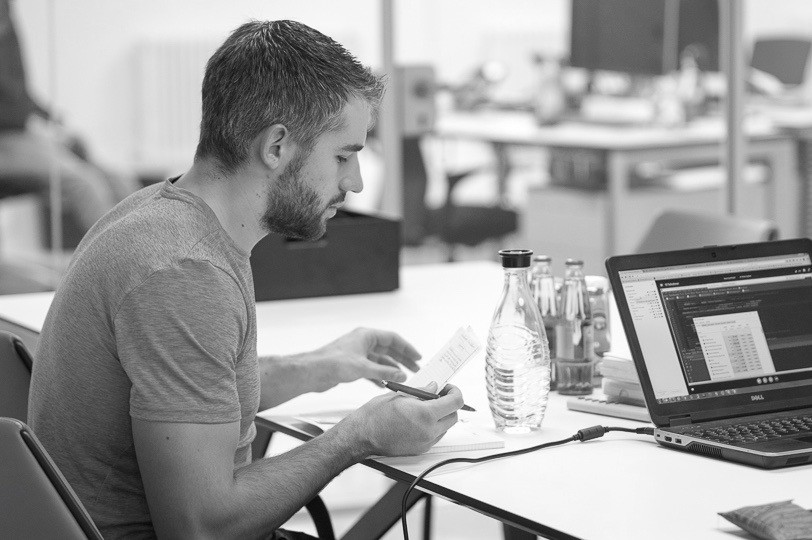
AEM forms from the business point of view
Form processes are a necessary evil.
Form processes are error prone. Form processes are expensive.
That may be so - but it does not have to be.
Manual steps, media breaks, and repeated input of form data drive up processing costs and frustrate employees and customers alike. With AEM Forms, you can create an easy and enjoyable "form experience" for your customers and employees.
Why do companies choose AEM Forms?
We are in the age of Experience Business. Customers no longer buy products or solutions. They buy experiences.
Form processes are an integral part of the customer approach and have a direct impact on the user experience. Today, your customers expect that they can complete every form and every step of the form process from any device - and are even impressed by it: when data is pre-filled in the form, integrated form processes are present, the form is cached and they are able to use their digital signatures.
Efficient forms processes save money. Relevant studies indicate that online transactions are:
- approx. 20 times cheaper than via telephone
- approx. 30 times cheaper than via post
- approx. 50 times cheaper than external customer service
The call centre agent or external customer service representative will always be an important point of contact for your customers on more complex topics. However, the right mix of online, telephone and personal customer service in conjunction with a 360 ° view of the customer will become increasingly more important in the future.
Good forms bring more business. It has been proven that long forms, repetitive fields and negative form experiences increase the rate of customer abandonment. Conversely, forms with good usability increase conversion.

Forms as an integral part of the customer experience
Depending on the industry, in organisations there are between 50 (medium-sized B2B companies) and 5,000 forms (large banks, large insurance companies). In addition, companies often use the same form for different channels (web, portal, app, etc.). Therefore, form management as well as their development and improvement is a difficult task for many companies.
AEM Forms helps you to centrally control and improve your forms. However, how does the best form management and continuous improvement system operate?
Step 1: All forms are centrally managed in the AEM forms form portal. The interface provides an intuitive search and filter option for easy form discovery for both the customer and the business.
Once a form designer has created a new form, they trigger the (approval) workflow to publish the form. The AEM Forms - Adaptive Forms are responsive forms that are optimally displayed on all devices (smartphone, tablet, desktop) and channels (web, app, portal, etc.). So that changes to the forms are made centrally and inherited accordingly.
Step 2: As part of the publishing workflow, the form will be published in the Publish Instance. When using the Mobile Workspace App from AEM Forms, the app synchronises with the available Adaptive Forms on the Publish Instance. Field staff will always have the latest forms on their tablets.
Step 3: If Adaptive Forms are linked to Adobe Analytics on the internet, you can derive information about form usage, such as:
- Number of form retrievals, number of transfers, abandonment rate
- Where “Help” is clicked
- How long it takes to complete the form
- At which points do users break off from the form process
Based on these findings, forms can be constantly improved.
Step 4: To test different versions of a form on the web regarding usability/conversion, A / B tests can be performed. For a defined period, two versions of a form are played with and compared with each other. The winning form will then be used and can be further optimised.
Step 5: After a form has been revised, an automatic form update will be made in all channels.

Which people do you need for an AEM Forms project?

The AEM Forms developer
The AEM Forms Adaptive Forms technology includes a preconfigured form kit that can be adapted to the company's CI. The AEM developer initially has the following activities:
- The Theme Editor defines the look and feel of the Adaptive Form. These include colouring, image sprites, dimensions and positioning.
- In addition, the AEM developer provides Templates with a predefined structure upon which the forms are based. In the so-called "Structure" mode, they define the header and footer as well as the template logic, which are an integral part of the templates. In the so-called "Initial Content”, they define the content area of the "Adaptive Forms", which the form designer can fill with form fields. Finally, the finished template corresponds to a responsive form template, with predefined properties and a predefined content structure, from which an adaptive form is created. The template has pre-configured layouts, styles, and a simple, pre-defined content structure.
- AEM Forms Adaptive Forms offers a variety of Standard Components with various dialog options. These can be adapted to the needs of the customer by the AEM developer. In addition, the developer can develop components themselves.
The result of this development is a form kit based on the corporate CI provided to the form designers for creating the forms.
(This service is usually provided by eggs unimedia)

The Form Designer from the department
AEM Forms offers an intuitive, web-based User Interface, in which form designers (e.g. specialist users) can create forms mainly by means of drag and drop based on the provided form kit. The user interface for the Form Designer offers:
- A set of standard form components (text box, drop-down, check boxes, radio buttons, attachment upload, etc.)
- Drag and drop functionality for easy capturing of form fields
- Access to the integrated asset repository for example, to drag images into the form.
When form designers create a new form or edit an existing one, they usually work with drag & drop in the User Interfaces:
(This service can be provided either by the customer and/or by eggs unimedia)
